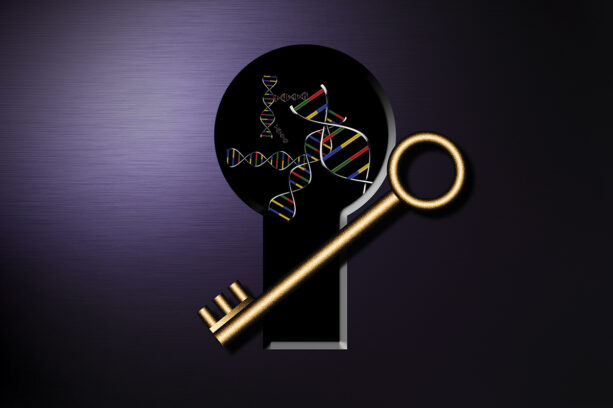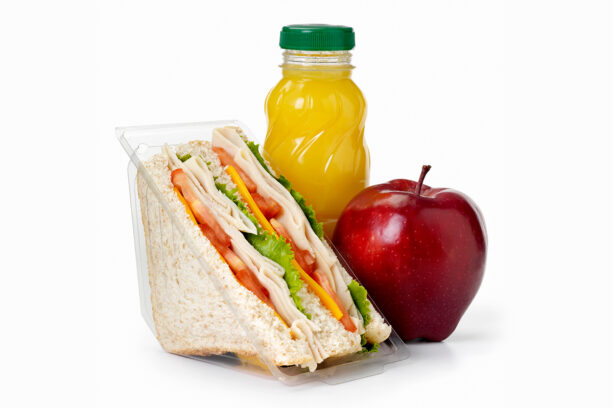This article is taken from our autumn 2019 edition of Equinox. You can view the full version here.
Deciding who should benefit from your estate can be a challenge, especially as it’s not an easy topic to raise with your loved ones.
However, discussing it with your family is the best place to start and might even change your mind about the best way for your wealth to make a positive difference.
For example, let me introduce Simon and Judy.
Judy has a large estate that she would like to pass on, but she is widowed with no children.
Her brother Simon is a successful business owner and has two children; a son (47) and daughter (45) who are both successful in their own right.
But, when Judy broached the topic of leaving the majority of her wealth to her niece and nephew, Simon took the stance that they already had more than enough – in fact, he was considering not leaving anything to them himself!
Judy was eager to leave a legacy that she could be proud of but was at a loss of how to do it. So, she brought the subject up at one of her meetings with Equilibrium.
Whilst she still wanted to involve her family, clearly the original idea of making them beneficiaries was off the table.
So, we introduced her to the prospect of a donor-advised fund (DAF).
These vehicles allow donors to make a tax efficient gift and then make recommendations as to how the money is used. The account can be established in the family name and a board of family members created to discuss charitable projects that might be suitable beneficiaries, so Judy could involve her niece and nephew in the process from the beginning.
With the help of an adviser, such as Equilibrium, the family can agree how, when and over what time period to distribute the funds.
In some cases, the legacy can last for generations if the donation is invested wisely and it is agreed that, for example, only the growth will be given away. This can be done by the creation of a mission statement or a mandate which gives specific instructions for the board and/or family to take into account.
As well as providing a solution for inheritance tax planning, the structure solved both Judy and Simon’s problem;
Judy needn’t worry about what would happen to her inheritance and Simon knew that his children wouldn’t receive more money they didn’t need.
It also provided the opportunity to actively engage Simon’s children (and potentially grandchildren further down the line) in charitable giving whilst also teaching them about investing.
When Judy introduced this option to Simon, his reaction was much different to the first time she discussed her inheritance with him.
In fact, after hearing how the structure works and the benefits it can provide, he is now considering using the same DAF.
Whilst there is much to be gained from involving the family in this process, a DAF also has several advantages over other ways of making a philanthropic impact, including:
- Simplicity – the provider will handle all the administration
- Flexibility – you and your family can choose which causes to support, the amount you wish to give and the frequency of donations
- Tax efficiency and estate planning without high legal fees
In short, a donor-advised fund provides a cost effective and flexible way of donating to selected charities either in the short term or over many years to come.



